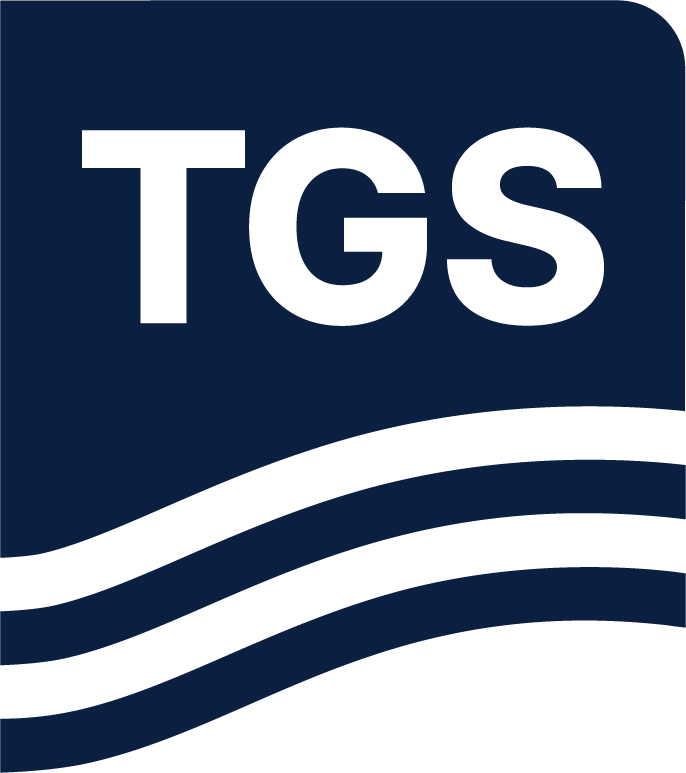Paper Summary
Updated regulations for seismic surveys acquired in the Gulf of Mexico have significantly changed how large scale Ocean Bottom Node (OBN) surveys can be acquired. The primary impact of these changes is a limitation in the time source boats can be actively using air gun arrays. To acquire a commercially viable sparse OBN survey, source vessels with 100 m crossline separation triple source will have to sail faster. There was uncertainty from source vessel contractors, due to having never operated wide tows at significantly increased speeds, about the ability to maintain source separation within survey specifications. Prior to the start of a sparse OBN survey, a series of more complex and realistic models were generated to test the key processing steps. Acquisition parameters that were modified included source spread width, water current variations, blending dither patterns, and source vessel separation distances. The results of the tests led to modifications of the acquisition parameters prior to the start of the survey and increased confidence in the ability to process a survey with new requirements and parameters.

